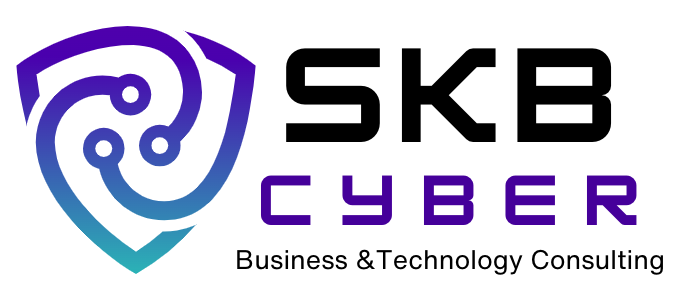Is Your Business Prepared for the 2025 Threat Landscape?
No one is immune to cybercrime—staying current with the ever-changing threat landscape is imperative in being prepared to handle the all-too-real possibility of threat actors making their move on your business. 2024 has come to a close, making now a wonderful time to reflect on some of the cybersecurity trends of the year. Here are some of the most common attack types to look out for in 2025:
The most prevalent attack types were information stealers, trojans, and ransomware, according to Cisco’s 2024 Cyber Threat Trends Report.
Information stealers are malicious programs designed to gather information from an infected system, including personal information and financial information. Malware can be delivered through unsuspecting means, like phishing emails or through malvertising campaigns on a website. Should an information stealer be introduced to a system, information like passwords stored in browsers, VPN login credentials, credit card information, and data from stored cookies can be accessed and stolen by threat actors (Cisco).
Trojans are malicious pieces of software that appear to be legitimate. Like information stealers, trojans are frequently delivered via email or malicious websites. As an example, clicking on a malicious link in a legitimate-looking email could silently install the trojan, allowing the threat actor to spy on the user, steal information, or leave a backdoor to continuously access the system (Cisco). Trojans require user interaction to execute, so when in doubt, don’t click the link!
Ransomware was the third most prevalent attack type in 2024. Ransomware is a type of malware that encrypts a user’s data, making it inaccessible to the user. After encrypting the data, the threat actor then demands a ransom to decrypt it. Ransomware attacks can be extremely costly to a company, costing the business either all of the lost data and the costs associated with it, or the amount demanded by the threat actor.
The global average cost of a data breach in 2024 was $4.88M, which shows a 10% increase from 2023 and is the highest the total has ever been (IBM, Cost of Data Breach Report 2024). Between the tangible and intangible cost of data recovery, potential legal repercussions and fees, and lost customer faith, being underprepared for attacks can be absolutely devastating to a business.
The best way to address these threats is to start with the basics—address potential weaknesses by using industry best practices and ensuring diligent security measures are taken before the threat strikes. Do the group policies reflect best practices? Is everyone in the organization using secure passwords and multi-factor authentication? Are mail filters being used to prevent emails with malicious contents from being delivered to employee inboxes? These are some questions to ask, but looking at commonly used cybersecurity frameworks, such as ISO/IEC 27001 and NIST, can help give more insight into other helpful and important questions to ask and actions to take.
Often, employees are the greatest threat to security. Not because employees frequently seek to harm the company, but because one well-meaning person clicking on a malicious link is all it takes to compromise a system. Building a cybersecurity culture is just as important as implementing security measures on the technology itself. Ensuring all employees receive training in security practices, both existing and new employees, is a wonderful way to combat phishing and other social engineering attempts that lead to security incidents. With the right culture, technology, and policies, your business can be prepared for all that’s to come!
Need help securing your business? The experts at SKB Cyber are happy to oblige! Contact us for your free consultation at SKBInfo@skbcyber.com.

